The Best Data Import Technologies
The ability to efficiently and accurately import data is crucial for any business. The right tool is key, whether you’re integrating massive datasets, streaming real-time data, or moving data between applications. In this blog, we’ll compare some of the leading data import technologies from Microsoft, Amazon, Google, and Snowflake. SQL Server Integration Services (SSIS) Overview: […]
Harnessing the Power of Streaming Data

Streaming data has emerged as a critical component of modern data strategies. Streaming data refers to data that is continuously generated by various sources, these typically send data records in small sizes (such as bytes or kilobytes). This blog explores what streaming data is, why it’s important, its applications, and the tools used to manage […]
Azure Data Factory vs Logic Apps:
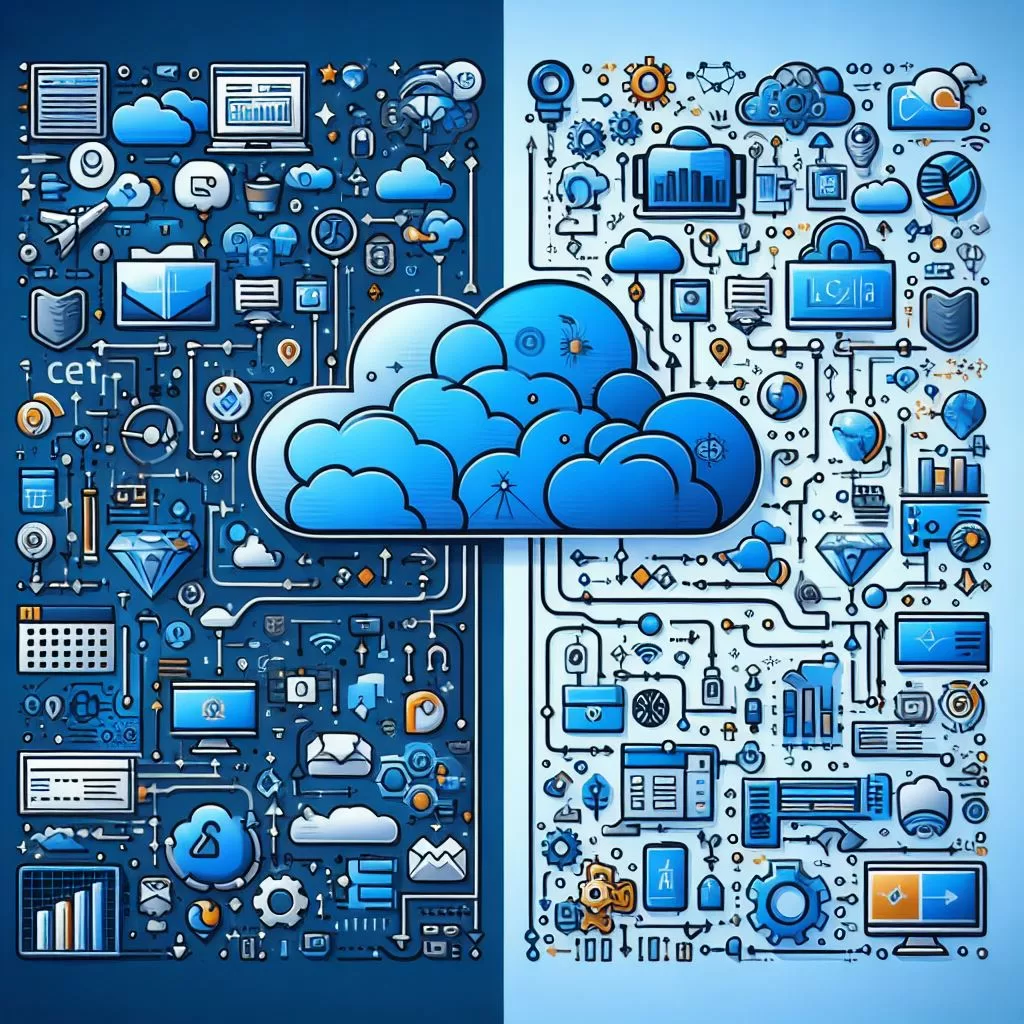
Key Differences and Cost Implications On a recent project I have been looking at whether to use Azure Logic Apps as an alternative to Azure Data Factory (ADF). This brought me to compare these 2 technologies. This blog aims to summarise key differences between Azure Data Factory vs Logic Apps. It also aims to discuss […]
Slowly Changing Dimensions (SCDs) Described
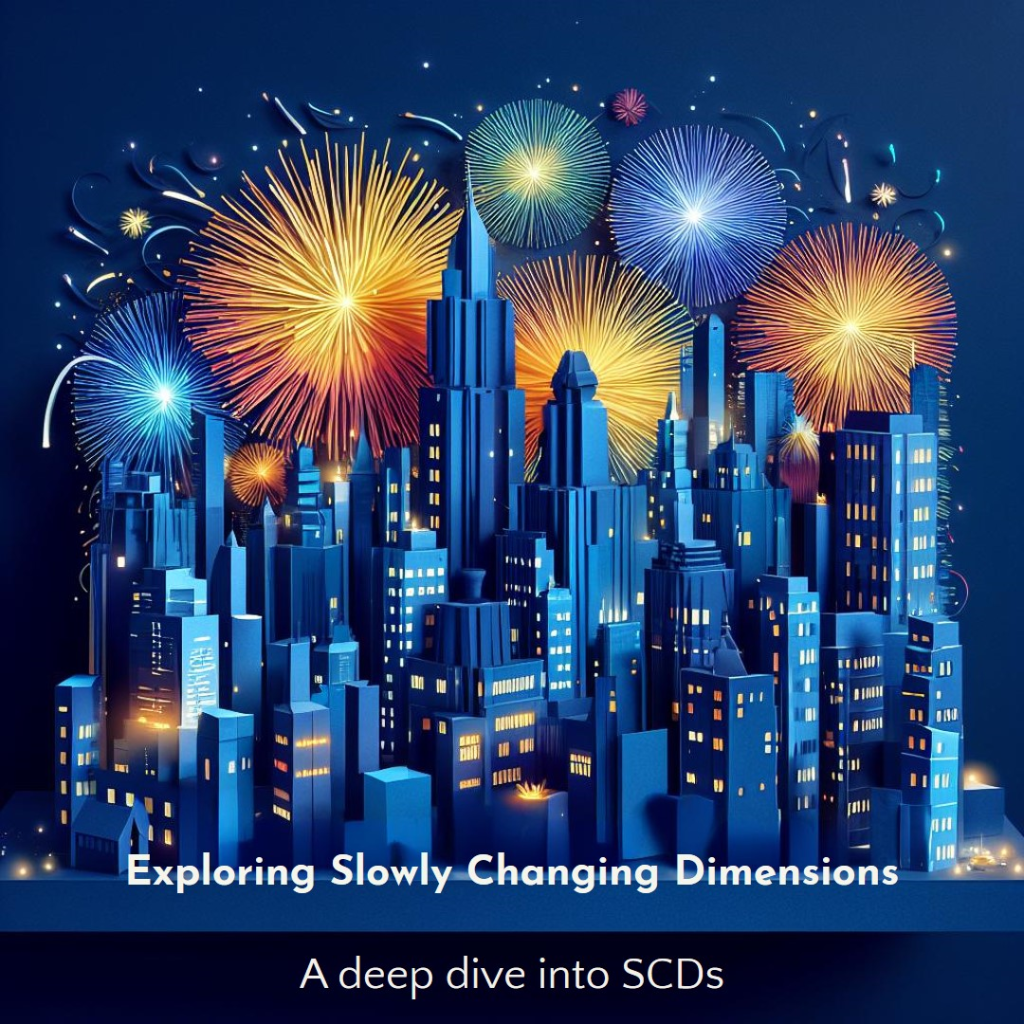
Source systems are a treasure trove of historical information. Importing data in a data warehouse is a a key part of the gathering data for your business. But what happens when the very information within changes over time? How do you maintain historic data integrity and keep accurate analysis over time? The answer is Slowly […]
Azure Data Factory Best Practices and Tips
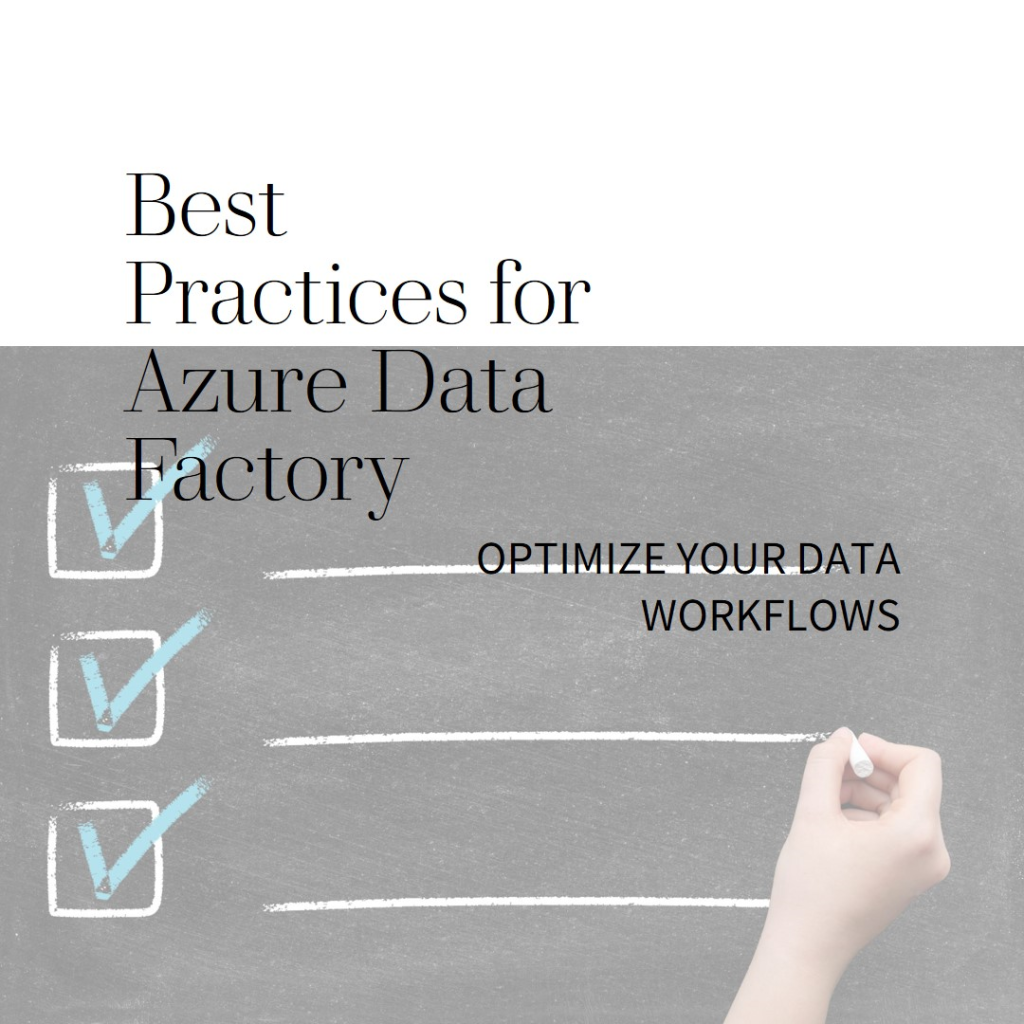
Best Practive Data integration to drive operations and make informed decisions. Microsoft Azure Data Factory (ADF) is a cloud-based data integration service. It is available as part of Azure and also as part of the Microsoft Fabric Offering. It offers a robust and scalable solution for managing, orchestrating, and automating data pipelines. This blog highlgihts […]
Code vs No-Code Solutions
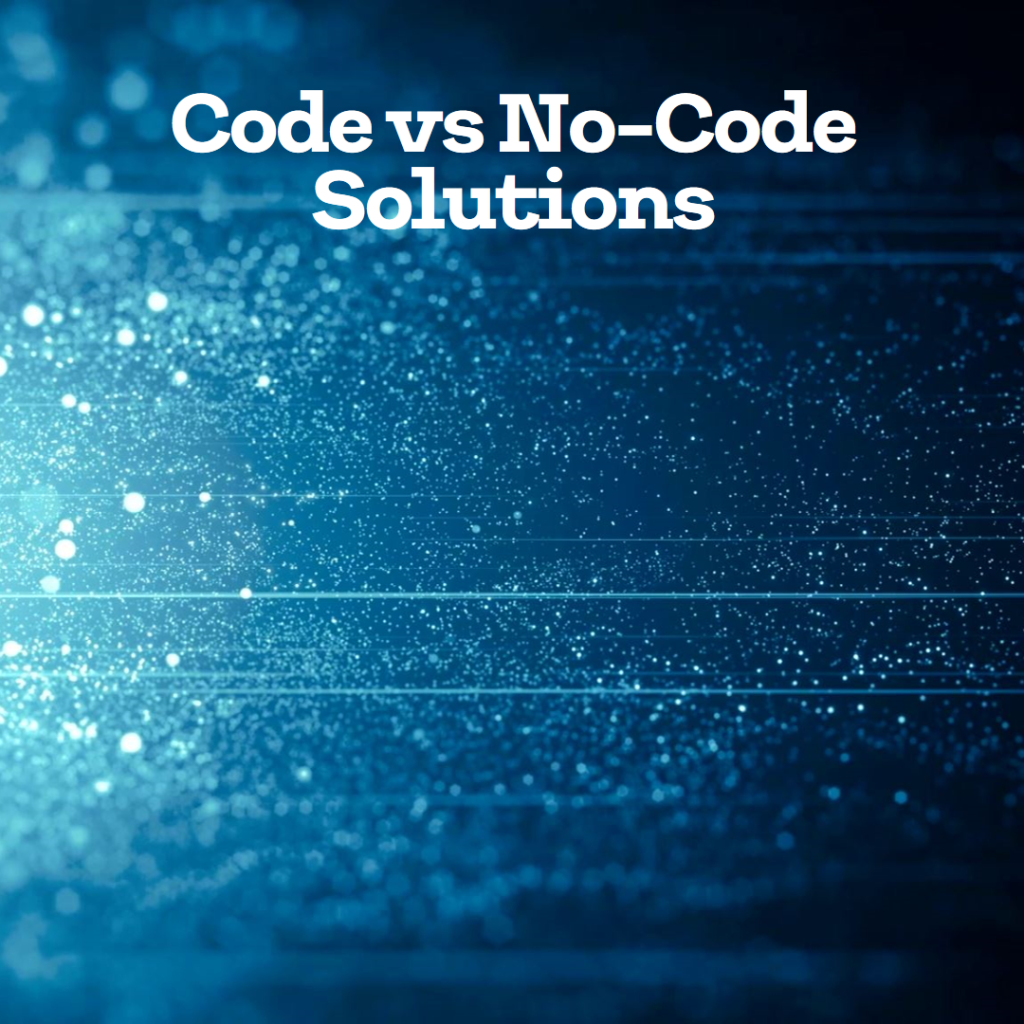
In the data management landscape, businesses are seeking efficient and reliable solutions to store, process, and analyse their data. Two prominent approaches have emerged as frontrunners: traditional code-based solutions and the rising trend of no-code alternatives. It is crucial to understand the each approach to make informed decisions that enable you to drive your business […]
How and Why to Modernise Your Data Reporting
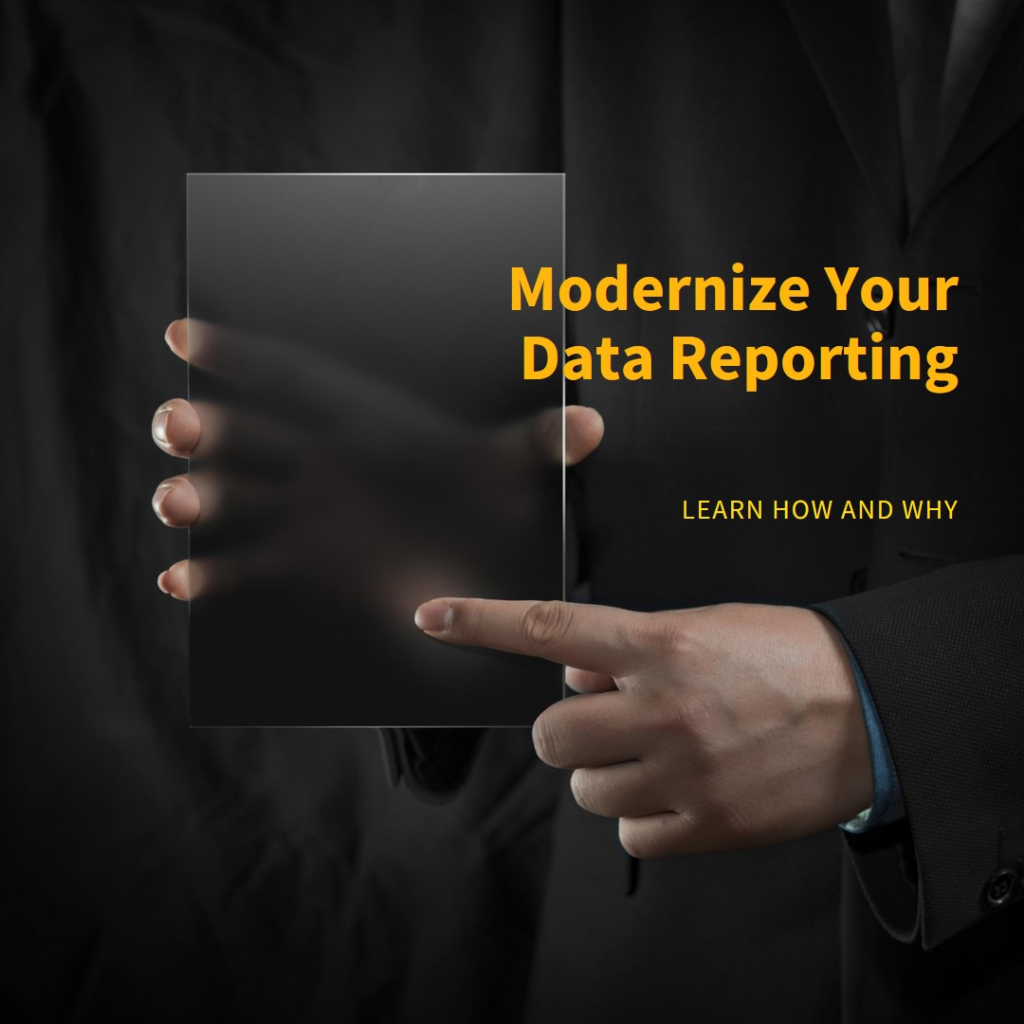
This blog aims to discuss the how to modernise your data reporting from legacy reports. By legacy reporting we are referring businesses functioning with multiple disparate Excel reports. What are the benefits of moving? How do you go about moving? Why move from Legacy Reports? 1. Improved Efficiency: Over our years of experience, we have seen many […]
What is Microsoft Fabric? A Guide by Select Distinct Limited

Introduction Microsoft Fabric, the unified environment launched in 2023 is now central to Microsoft’s data strategy. What is the Microsoft Fabric Offering? Who are Microsoft’s competition to this software? What other unified environments are available. This blog aims to demystify some of these areas. What is the Microsoft Fabric Offering? Microsoft Fabric brings together multiple […]
Overview of Robotic Process Automation (RPA)
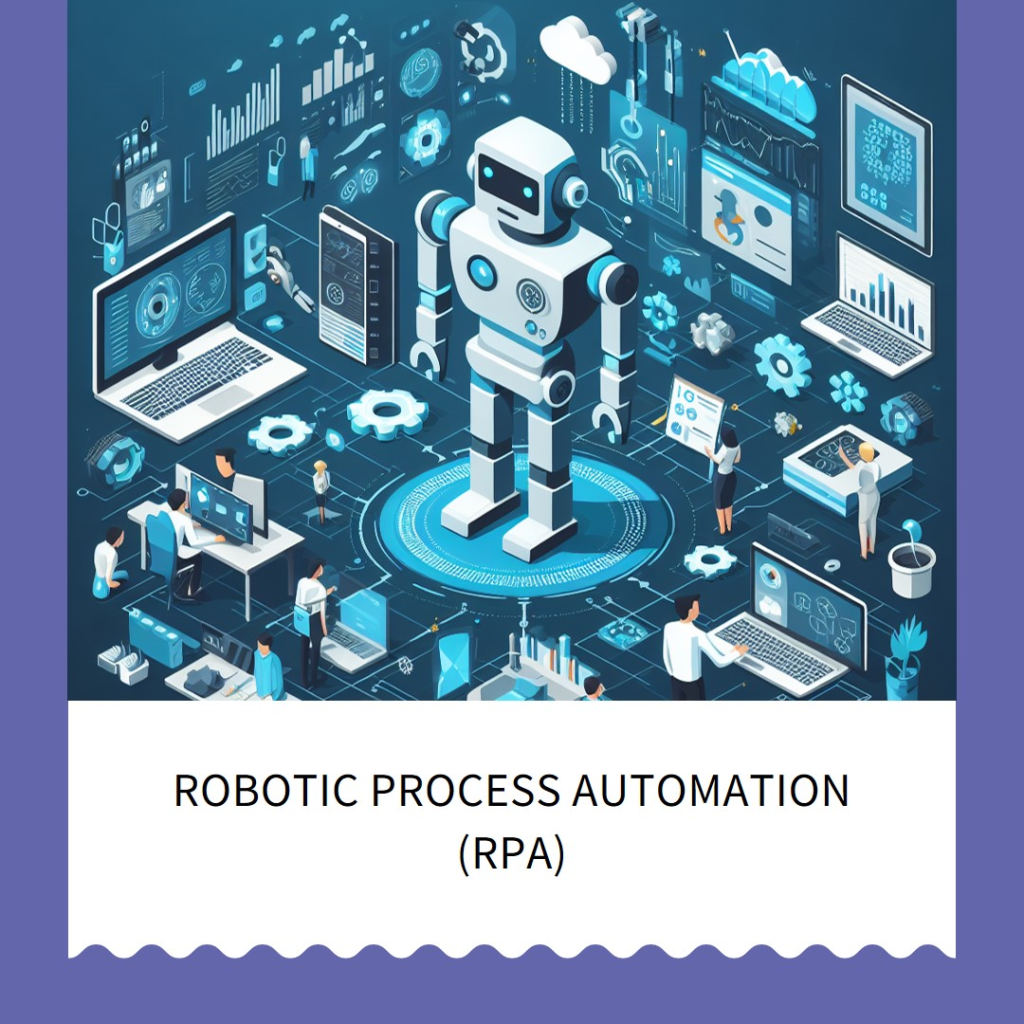
Introduction Robotic Process Automation (RPA) is a software technology that automates repetitive tasks using software robots. RPA is sometimes referred to as software robotics and is a form of business process automation. The purpose of RPA is to streamline workflows, reduce the time and effort required to complete manual tasks, and improve accuracy. In this […]
ETL vs. ELT: What’s the Difference?
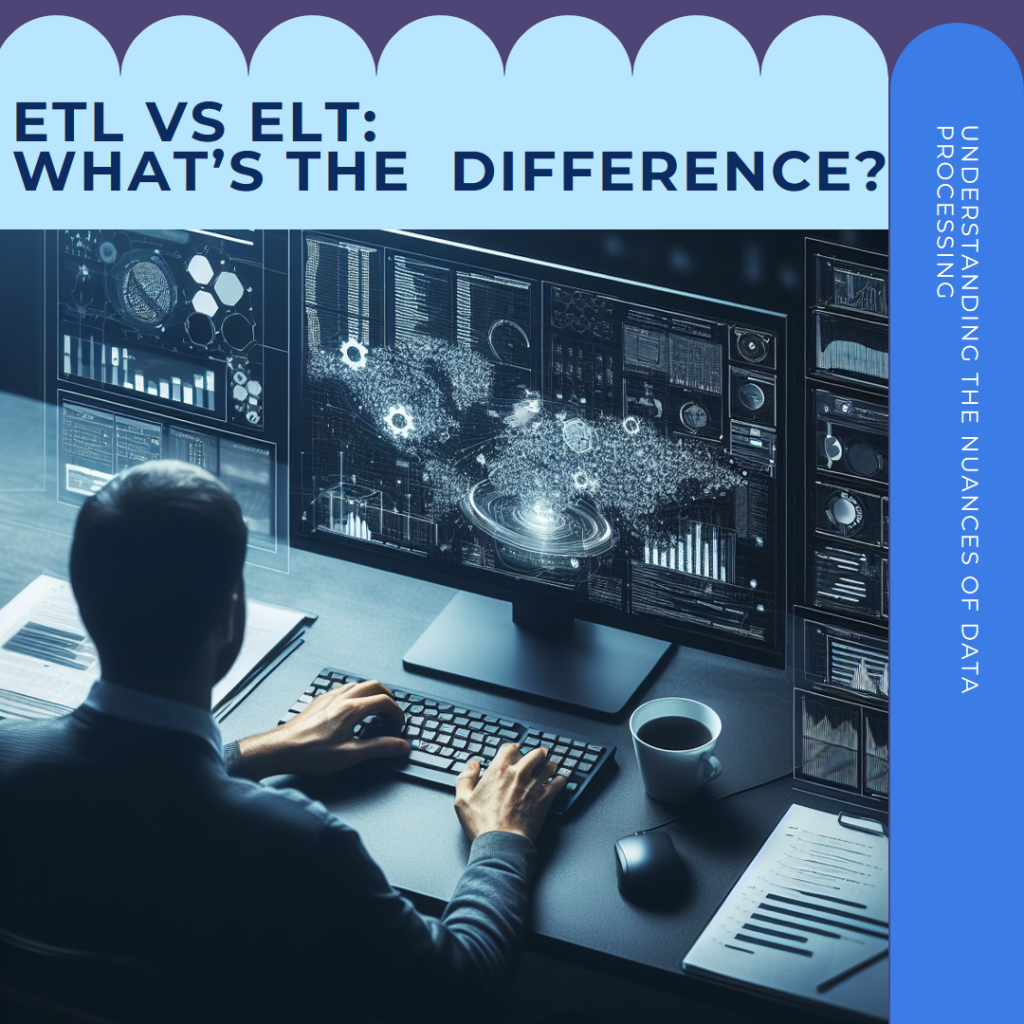
Introduction We often get asked both these questions. What is ETL? and what is ELT? ETLs and ELTs are two data integration processes. Both are used to extract, transform, and load data from one or more sources into a target system. The target could include a database, data warehouse or data lake. ETL stands for […]

